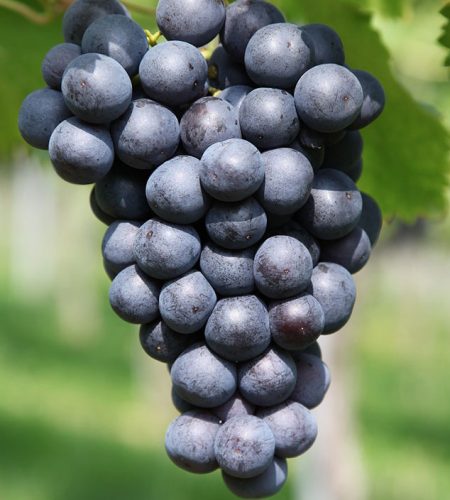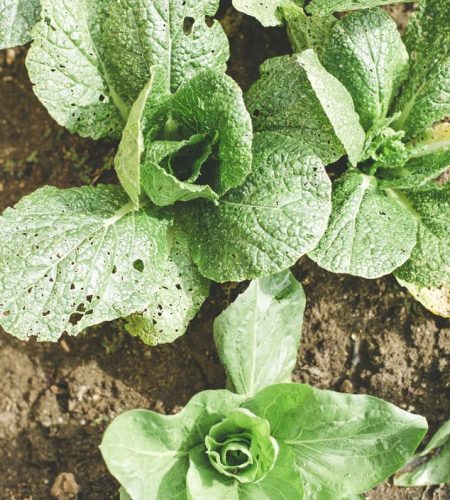About Us

We Are Your Favourite Store.
Freshfields vegetable farming refers to the cultivation of vegetables on fields that are managed to maintain soil health and promote sustainable agricultural practices. Here's an overview of the key aspects:
1. Site Selection and Soil Preparation
- Site Selection: Choose a location with good sunlight exposure, proper drainage, and access to water. The site should be free from industrial pollution and away from sources of contamination.
- Soil Testing: Conduct soil tests to determine pH, nutrient levels, and soil type. Amend the soil as necessary to create optimal growing conditions.
- Soil Preparation: Till the soil to remove weeds and incorporate organic matter, such as compost or manure, to improve soil structure and fertility.
2. Crop Selection and Planning
- Crop Selection: Choose vegetable varieties that are suited to the local climate and soil conditions. Consider market demand and crop rotation principles.
- Crop Rotation: Rotate crops to prevent soil depletion and reduce pest and disease buildup. For example, follow leafy greens with root vegetables, then legumes, and finally fruiting vegetables.
- Succession Planting: Plan for staggered planting dates to ensure a continuous harvest throughout the growing season.
3. Planting and Maintenance
- Seed Selection and Sowing: Use high-quality seeds from reputable sources. Direct sow seeds or start seedlings indoors and transplant them to the field when conditions are suitable.
- Irrigation: Implement an efficient irrigation system, such as drip irrigation, to provide consistent moisture without waterlogging. Monitor soil moisture regularly.
- Fertilization: Apply fertilizers based on soil test recommendations. Use organic fertilizers like compost, fish emulsion, or green manures to maintain soil health.
- Weed Control: Employ mulching, hand weeding, or cover cropping to manage weeds. Avoid using chemical herbicides to maintain soil and environmental health.
- Pest and Disease Management: Use integrated pest management (IPM) techniques, such as crop rotation, biological controls, and organic pesticides, to manage pests and diseases.
4. Harvesting and Post-Harvest Handling
- Harvesting: Harvest vegetables at their peak maturity for the best flavor and nutritional value. Handle produce carefully to avoid damage.
- Post-Harvest Handling: Wash and cool vegetables promptly to maintain freshness. Use proper storage techniques to extend shelf life, such as refrigeration or controlled atmosphere storage.
5. Marketing and Sales
- Direct Marketing: Sell produce directly to consumers through farmers' markets, community-supported agriculture (CSA) programs, or farm stands.
- Wholesale and Retail: Partner with local grocery stores, restaurants, and distributors to sell produce in bulk.
- Value-Added Products: Explore opportunities to create value-added products, such as canned goods, sauces, or dried vegetables, to diversify income streams.
6. Sustainability Practices
- Organic Farming: Follow organic farming principles to avoid synthetic chemicals and promote biodiversity.
- Conservation Tillage: Use reduced tillage or no-till practices to protect soil structure and reduce erosion.
- Cover Cropping: Plant cover crops during the off-season to prevent soil erosion, improve soil fertility, and suppress weeds.
- Agroforestry: Integrate trees and shrubs into the farming system to enhance biodiversity, provide windbreaks, and improve microclimates.
Freshfields vegetable farming focuses on sustainable practices that promote soil health, biodiversity, and efficient resource use while providing high-quality, nutritious produce to consumers,
Numbers Speak For Themselves!
Curated Products
4800
+
Curated Products
+
Product Categories
+





Certified Products
Click edit button to change this text. Lorem ipsum dolor sit amet
We Deal With Various Quality Organic Products!
- Fresh fruits
- Dry fruits
- Fresh vegetables
- Dried vegetables
- Beauty products
- Milk products
- Organic honey
- Organic tea
